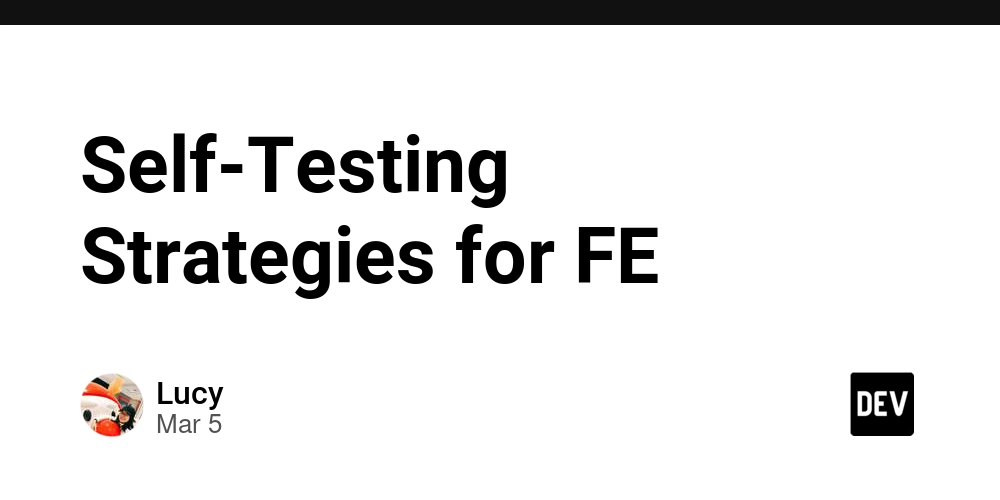Modern Threat Modeling for Cloud Infrastructure Security: Strategies for Security Architects in a Multi-Cloud World
From Reactive to Proactive: The Role of Threat Modeling in Today’s Cloud Let’s be honest, traditional perimeter-based security no longer works in the age of the cloud. As cloud ecosystems continue to evolve at breakneck speed, so do the threats targeting them. For security architects and engineering leaders, cloud infrastructure security is no longer about just patching and responding, it's about anticipating, planning, and baking in security early. And that’s exactly where threat modeling comes in. Threat modeling is the equivalent of creating a blueprint before building a skyscraper. You anticipate risks, uncover weak spots, and define the security boundaries before the bad actors even try to break in. In the context of today’s dynamic, multi-cloud environments, threat modeling helps security teams maintain visibility and structure while navigating through complexity. For sectors like BFSI, where security and regulatory compliance are non-negotiable, threat modeling becomes not just important but business critical. New Threat Vectors, More Complexity The landscape of cloud security has shifted dramatically over the last few years. It’s no longer about securing a single cloud provider or a static environment. Organizations, especially large financial institutions, are operating across multi-cloud platforms like AWS, Azure, and GCP. At the same time, they're adopting microservices, serverless, and containers, all of which bring new challenges and attack surfaces. Key changes impacting cloud infrastructure security today: Shared responsibility models vary across IaaS, PaaS, and SaaS. Ephemeral resources spin up and down continuously. Third-party integrations and open APIs widen the blast radius. Identity and access controls are often misconfigured or over-permissive. Threat modeling helps organizations stay ahead of these evolving attack vectors by giving them a structured way to analyze, prioritize, and mitigate risks before they turn into incidents. Adapting Threat Modeling to Cloud Infrastructure In traditional on-prem environments, threat modeling was typically based on static environments, fixed IPs, and perimeter firewalls. But cloud infrastructure security requires a very different lens, because everything in the cloud is dynamic, abstracted, and identity-driven. How Cloud is Different? Resources are ephemeral: IP addresses and instances can change frequently. Perimeters are blurred, data and users often reside outside traditional boundaries. Infrastructure is code, your entire architecture can be spun up or down in seconds. So, how do traditional threat modeling frameworks like fit in? 1. Spoofing, Tampering, Repudiation, Information Disclosure, Denial of Service, Elevation of Privilege Best for application-centric cloud systems. Use case: Protecting sensitive customer data in a BFSI mobile banking app deployed on a PaaS service. 2. Process for Attack Simulation and Threat Analysis Best for complex threat simulations. Use case: Simulating an attack path that leverages IAM abuse and lateral movement in a multi-account AWS architecture. 3. Linked to privacy concerns Best for privacy-centric workloads. Use case: Threat modeling for GDPR-compliant data storage in Azure across EU regions. Choosing the right methodology depends on your cloud footprint, risk profile, and the stakeholders involved. Cloud-Native Threat Modeling Tools & Techniques Today’s cloud environments are programmable. That means your threat modeling efforts should align with Infrastructure as Code (IaC) strategies like Terraform or CloudFormation. Threat Modeling in IaC Pipelines Embedding threat modeling into your cloud templates allows you to catch misconfigurations early: Define asset groups, trust boundaries, and data flows within Terraform modules. Use pre-commit hooks to trigger automated threat scans before deployment. Integrate findings into your CI/CD pipeline so developers can remediate risks in real-time. Popular Cloud Threat Modeling Tools ThreatModeler Enterprise-grade platform tailored for cloud-native architectures. Offers pre-built templates for AWS, Azure, and GCP. Microsoft Threat Modeling Tool Ideal for Azure-centric environments. Aligns well with STRIDE and integrates with DevSecOps practices. OWASP Threat Dragon Open-source, developer-friendly. Great for smaller BFSI orgs looking to get started without big investments. Use these tools to build a centralized repository of threat models. This becomes a valuable knowledge base for security teams and DevOps engineers alike. Cloud-Specific Attack Surfaces and Threat Agents Let’s now shift from modeling to understanding the battlefield. What are the actual threats targeting modern cloud environments? Especially for industries like banking and finance where cloud usage is growing, but so is risk. Real-World Cloud Threat Scenarios 1. IAM Abuse Ov
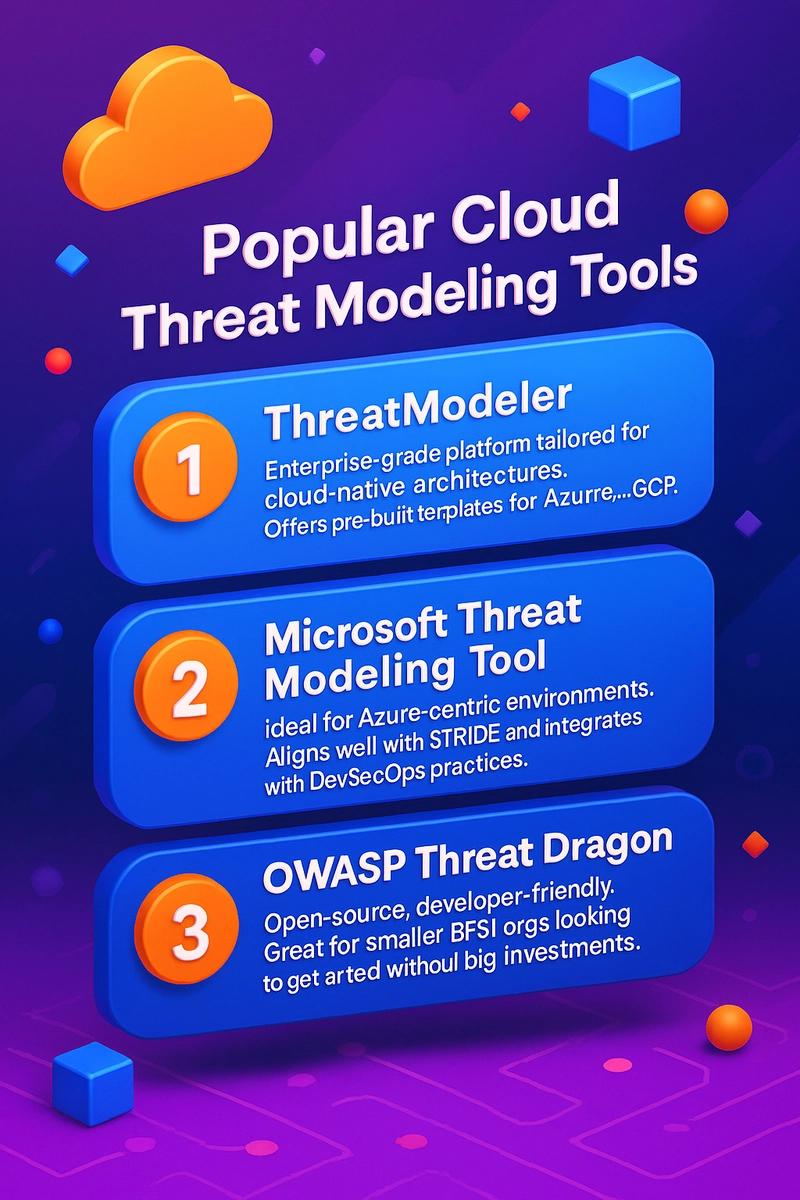
From Reactive to Proactive: The Role of Threat Modeling in Today’s Cloud
Let’s be honest, traditional perimeter-based security no longer works in the age of the cloud. As cloud ecosystems continue to evolve at breakneck speed, so do the threats targeting them.
For security architects and engineering leaders, cloud infrastructure security is no longer about just patching and responding, it's about anticipating, planning, and baking in security early.
And that’s exactly where threat modeling comes in.
Threat modeling is the equivalent of creating a blueprint before building a skyscraper. You anticipate risks, uncover weak spots, and define the security boundaries before the bad actors even try to break in. In the context of today’s dynamic, multi-cloud environments, threat modeling helps security teams maintain visibility and structure while navigating through complexity.
For sectors like BFSI, where security and regulatory compliance are non-negotiable, threat modeling becomes not just important but business critical.
New Threat Vectors, More Complexity
The landscape of cloud security has shifted dramatically over the last few years. It’s no longer about securing a single cloud provider or a static environment. Organizations, especially large financial institutions, are operating across multi-cloud platforms like AWS, Azure, and GCP.
At the same time, they're adopting microservices, serverless, and containers, all of which bring new challenges and attack surfaces.
Key changes impacting cloud infrastructure security today:
- Shared responsibility models vary across IaaS, PaaS, and SaaS.
- Ephemeral resources spin up and down continuously.
- Third-party integrations and open APIs widen the blast radius.
- Identity and access controls are often misconfigured or over-permissive.
Threat modeling helps organizations stay ahead of these evolving attack vectors by giving them a structured way to analyze, prioritize, and mitigate risks before they turn into incidents.
Adapting Threat Modeling to Cloud Infrastructure
In traditional on-prem environments, threat modeling was typically based on static environments, fixed IPs, and perimeter firewalls. But cloud infrastructure security requires a very different lens, because everything in the cloud is dynamic, abstracted, and identity-driven.
How Cloud is Different?
- Resources are ephemeral: IP addresses and instances can change frequently.
- Perimeters are blurred, data and users often reside outside traditional boundaries.
- Infrastructure is code, your entire architecture can be spun up or down in seconds.
So, how do traditional threat modeling frameworks like fit in?
1. Spoofing, Tampering, Repudiation, Information Disclosure, Denial of Service, Elevation of Privilege
- Best for application-centric cloud systems.
- Use case: Protecting sensitive customer data in a BFSI mobile banking app deployed on a PaaS service.
2. Process for Attack Simulation and Threat Analysis
- Best for complex threat simulations.
- Use case: Simulating an attack path that leverages IAM abuse and lateral movement in a multi-account AWS architecture.
3. Linked to privacy concerns
- Best for privacy-centric workloads.
- Use case: Threat modeling for GDPR-compliant data storage in Azure across EU regions.
Choosing the right methodology depends on your cloud footprint, risk profile, and the stakeholders involved.
Cloud-Native Threat Modeling Tools & Techniques
Today’s cloud environments are programmable. That means your threat modeling efforts should align with Infrastructure as Code (IaC) strategies like Terraform or CloudFormation.
Threat Modeling in IaC Pipelines
Embedding threat modeling into your cloud templates allows you to catch misconfigurations early:
- Define asset groups, trust boundaries, and data flows within Terraform modules.
- Use pre-commit hooks to trigger automated threat scans before deployment.
- Integrate findings into your CI/CD pipeline so developers can remediate risks in real-time.
Popular Cloud Threat Modeling Tools
- ThreatModeler
- Enterprise-grade platform tailored for cloud-native architectures.
- Offers pre-built templates for AWS, Azure, and GCP.
- Microsoft Threat Modeling Tool
- Ideal for Azure-centric environments.
- Aligns well with STRIDE and integrates with DevSecOps practices.
- OWASP Threat Dragon
- Open-source, developer-friendly.
- Great for smaller BFSI orgs looking to get started without big investments.
Use these tools to build a centralized repository of threat models. This becomes a valuable knowledge base for security teams and DevOps engineers alike.
Cloud-Specific Attack Surfaces and Threat Agents
Let’s now shift from modeling to understanding the battlefield. What are the actual threats targeting modern cloud environments? Especially for industries like banking and finance where cloud usage is growing, but so is risk.
Real-World Cloud Threat Scenarios
1. IAM Abuse
- Over-privileged service accounts and misconfigured roles remain a top concern.
- A compromised IAM user with “admin” rights can pivot through your environment unchecked.
2. SSRF (Server-Side Request Forgery) via Metadata Endpoints
- Common in AWS when access to EC2 metadata is not properly restricted.
- Attackers can retrieve access tokens and escalate privileges.
3. Container Escape
- Poor isolation in Kubernetes or Docker can allow a process to escape and access host-level resources.
4. Lateral Movement
- Once inside, attackers scan for misconfigured ports or forgotten credentials to move laterally across services.
By identifying these cloud-specific threat agents, you can fine-tune your cloud infrastructure security models to protect against realistic and high-impact scenarios.
Integrating Threat Modeling into DevOps
Let’s be real- most developers and security teams don’t have the time (or patience) for week-long security reviews. That’s why automation is your best friend.
1. Threat Modeling in the DevOps Lifecycle
- Run automated threat modeling scans during code commit or merge requests.
- Integrate with CI/CD tools like GitHub Actions, Jenkins, or GitLab pipelines.
- Feed results into your Jira or project board so security issues are tracked like bugs.
This makes cloud security a shared responsibility, rather than an afterthought.
2. Creating Reusable Templates
Think of threat modeling templates as blueprints for secure design:
- Build templates for common cloud patterns (e.g., 3-tier architecture, event-driven pipeline).
- Use these templates across teams to maintain consistency.
- Update templates as threat intelligence evolves.
In BFSI, this is especially useful for standardizing threat reviews across teams managing customer portals, loan systems, internal tools, and third-party fintech integrations.
Final Thought: Making Threat Modeling a Living, Breathing Part of Cloud Security
Threat modeling isn’t just a checklist, it’s a continuous process. As your cloud infrastructure evolves, so should your threat models.
Think of them as living documents that grow with your environment.
Integrate feedback, adjust for new architectures, and revisit them after every major incident or product launch.
As we look ahead, the future of cloud infrastructure security will be driven by predictive threat modeling. With AI, we’ll soon see platforms that can auto-generate threat models, suggest mitigations, and even simulate adversarial behavior based on real-world attack patterns.
But until we get there, thoughtful, consistent, and well-integrated threat modeling is your best bet for staying one step ahead of the attackers.
Organizations like Network Intelligence applies advanced threat modeling practices to enhance cloud and cloud infrastructure security. By proactively identifying potential attack vectors, misconfigurations, and high-risk components, NI helps organizations build resilient cloud environments.
Their approach ensures that security is seamlessly integrated into cloud architectures from the ground up, enabling smarter, risk-driven defense strategies.









































































































































































![[The AI Show Episode 144]: ChatGPT’s New Memory, Shopify CEO’s Leaked “AI First” Memo, Google Cloud Next Releases, o3 and o4-mini Coming Soon & Llama 4’s Rocky Launch](https://www.marketingaiinstitute.com/hubfs/ep%20144%20cover.png)
















































































































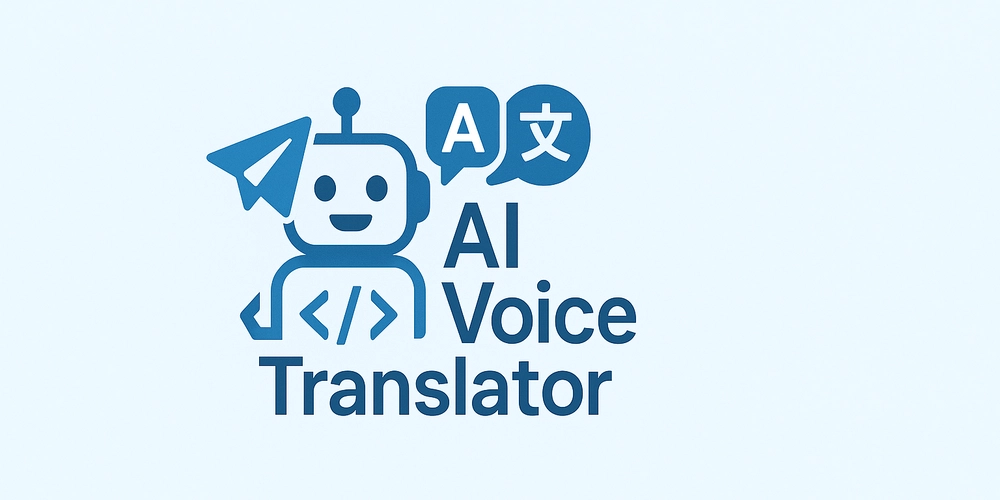
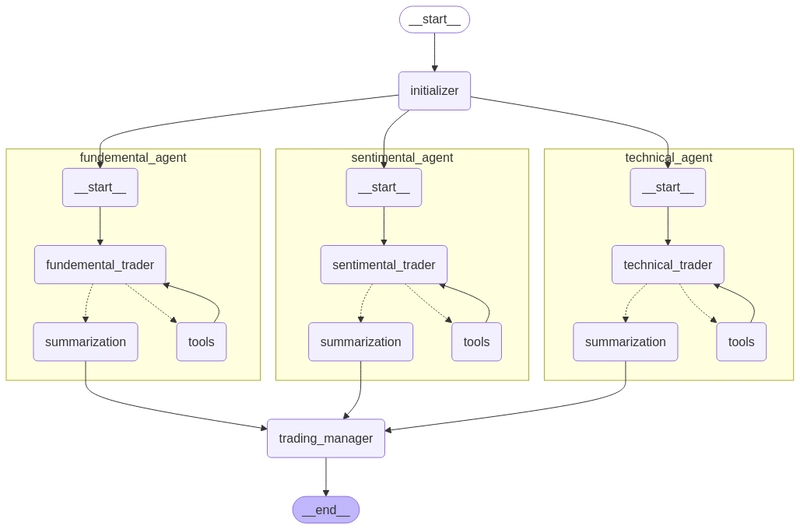
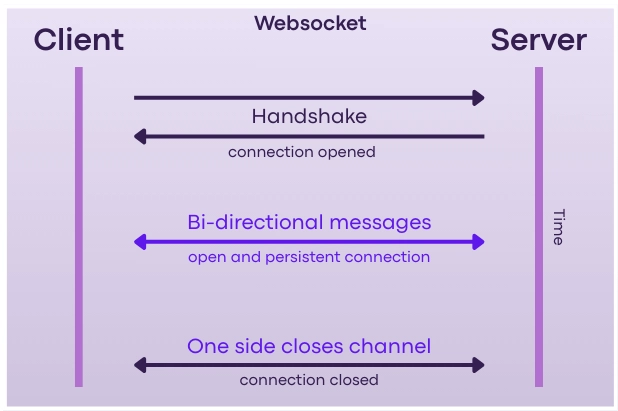










![[DEALS] The All-in-One Microsoft Office Pro 2019 for Windows: Lifetime License + Windows 11 Pro Bundle (89% off) & Other Deals Up To 98% Off](https://www.javacodegeeks.com/wp-content/uploads/2012/12/jcg-logo.jpg)



























![Is this too much for a modular monolith system? [closed]](https://i.sstatic.net/pYL1nsfg.png)






















































































































_Andreas_Prott_Alamy.jpg?width=1280&auto=webp&quality=80&disable=upscale#)






























































































![What features do you get with Gemini Advanced? [April 2025]](https://i0.wp.com/9to5google.com/wp-content/uploads/sites/4/2024/02/gemini-advanced-cover.jpg?resize=1200%2C628&quality=82&strip=all&ssl=1)












![Apple Shares Official Trailer for 'Long Way Home' Starring Ewan McGregor and Charley Boorman [Video]](https://www.iclarified.com/images/news/97069/97069/97069-640.jpg)
![Apple Watch Series 10 Back On Sale for $299! [Lowest Price Ever]](https://www.iclarified.com/images/news/96657/96657/96657-640.jpg)
![EU Postpones Apple App Store Fines Amid Tariff Negotiations [Report]](https://www.iclarified.com/images/news/97068/97068/97068-640.jpg)
![Apple Slips to Fifth in China's Smartphone Market with 9% Decline [Report]](https://www.iclarified.com/images/news/97065/97065/97065-640.jpg)
































































































































